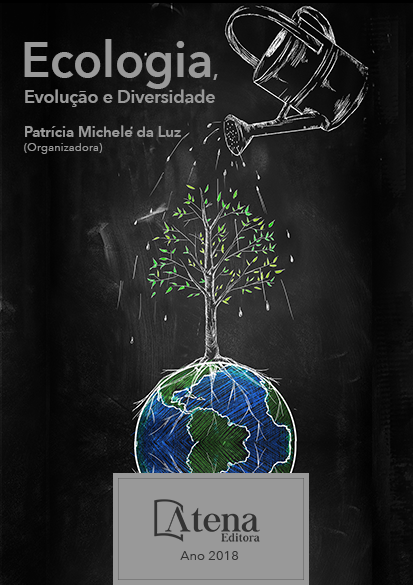
EFEITO DO RUÍDO ANTROPOGÊNICO NA VOCALIZAÇÃO DO BEM-TE-VI, Pitangus sulphuratus PASSERIFORMES, TYRANNIDAE: UM ESTUDO DE CASO
Os sinais acústicos da comunicação das aves podem sofrer variações dependendo do ruído do ambiente, que em áreas antropizadas pode afetar significativamente a transmissão da informação. Mas, a plasticidade vocal e variações de frequência de notas, podem ser variáveis importantes na adaptação desses animais em ambientes ruidosos. Por isso, nosso objetivo foi verificar se o ruído urbano afetaria o canto e a comunicação do Bem-te-vi, Pitangus sulphuratus (Linnaeus, 1766). O trabalho foi realizado no Campus Bom Conselho da Universidade de Taubaté (UNITAU), onde foram gravados, com o auxilio de gravador e microfone, indivíduos de uma mesma população, em diferentes horários do dia. Posteriormente, os cantos foram analisados no Aplicativo Raven Pro 1.3. As variáveis observadas foram: Para o canto, duração e frequência total da nota; intensidade e frequência dos harmônicos de maior e menor frequência. Para o ruído ambiente, frequências e intensidades máximas e mínimas. Obtivemos uma correlação significativa entre as variáveis do ruído e a potência da nota e do primeiro harmônico (H1), porém sua comunicação não foi alterada, pois o harmônico com maior energia acumulada não sofreu variação significativa.
EFEITO DO RUÍDO ANTROPOGÊNICO NA VOCALIZAÇÃO DO BEM-TE-VI, Pitangus sulphuratus PASSERIFORMES, TYRANNIDAE: UM ESTUDO DE CASO
-
DOI: Atena
-
Palavras-chave: Ecologia Urbana, Ruído, Vocalização, Bem-te-vi, Pitangus sulphuratus.
-
Keywords: Urban Ecology, Noise, Vocalization, Great Kiskadee, Pitangus sulphuratus.
-
Abstract:
The acoustic signals of bird communication may vary depending on the environmental noise which in anthropic areas can significantly affect the transmission of information. However, vocal plasticity and note frequency variations can be important variables for the permanence of those animals in noisy environments. Therefore, our objective was to verify if the singing and the communication of the Great Kiskadee, Pitangus sulphuratus (Linnaeus, 1766). would be affected by anthropogenic noise. The work was carried out in the Campus Bom Conselho of the University of Taubaté (UNITAU), where they were recorded the call of the individuals of the same population, at different times on the day. Subsequently, the calls were analyzed in the Raven Pro 1.3. The observed variables were: For the calls, duration and total frequency of the note; intensity and frequency of the higher and lower frequency harmonics. For environmental noise, maximum and minimum intensities and frequencies. We obtained a significant correlation between the noise variables and the note and first harmonic (H1) powers, but its communication was not altered, since the harmonic with higher accumulated energy did not suffer significant variation.
-
Número de páginas: 15
- Victor Lopes Das Chagas Monteiro


